Day #2 of the BIO CEO & Investor Conference was all about the future. How can we ensure the workforce reflects the diverse demographics of the patients the industry serves? What does the future of biotech investment look like? How can we incentivize innovation? Here are some takeaways from #BIOCEO20.
WANT MORE OF THIS CONTENT DAILY?Subscribe to Good Day BIO, the only newsletter at the intersection of biotech, policy, and politics.
D&I for the win
In January, BIO released the first annual report measuring diversity and inclusion in the biotech industry, with practical solutions for making the workforce more representative of the industry’s customers and patients. On February 11, panelists discussed the report and what they’ve done in their own companies to improve D&I.
“The tone at the top” matters. “Leadership at the CEO and executive level that is not only committed to diversity and inclusion but is actively promoting it and driving accountability around D&I is critical to the success,” said Wanda Bryant Hope, Chief D&I Officer at Johnson & Johnson.
It’s good business. Everyone agreed companies with a diverse workforce perform better. Disruption is critically important in the biotech industry—and “disruption comes from thinking differently,” said Martin Babler, President & CEO of Principia Biopharma. Diversity enriches the conversation and brings different solutions to the table.
Ok, what should we actually do?
- Create job descriptions to attract a diversity of backgrounds and demographics, that don’t unintentionally attract men more readily with words like “expert,” said Bryant Hope.
- Be explicit with recruiters about seeking candidates of diverse demographics and backgrounds, said Sara Nayeem, Partner at New Enterprise Associates.
- Ensure your interview questions aren’t gender biased, she added.
- Utilize blind candidate screening to take names, genders, and other identifying details out of the equation. JPMorgan used AI-assisted anonymous candidate screening—and hired their most diverse intern class ever, with more than 900 black interns, said Ahtis Davis, Executive Director of Advancing Black Pathways at JPMorgan.
- Start your hiring process early so you don’t have to rely on your existing network.
Why it matters: “The more we can have a workforce that reflects the diversity we serve, the better off we are,” said Bryant Hope. D&I will lead to better products, better engagement with the populations they serve, and better solutions for the future.
Read the full session recap.
For more information on the report and what you can do, visit www.bio.org/right-mix-matters.
The future of biotech investment
In the final session, Market Outlook: Market Performance and IPO Class of 2020, investors and analysts discussed the biotech market and the outlook for long-term growth.
Biotech’s hot—but the election, coronavirus, and early stages of economic expansion make the long-term outlook more uncertain, said John Vandermosten, Biotechnology Analyst for Zacks Research.
Three views:
- “We’re always concerned in an election year,” said Mara Goldstein, Managing Director and Biotech Analyst at Mizuho Securities.
- This year, the “informal pulse” is more optimistic than previous election years, countered Jorge Ramirez, Principal at H.I.G. BioHealth Partners, with bankers, investors, and CEOs thinking it’s a matter of “how they get companies out, not if.”
- James Cappuccio, Managing Director of Investment Banking at H.C. Wainwright & Co. LLC, said we won’t understand the dynamic until mid-year. “It’s a great environment now,” he said, but with the understanding it’s “a six-month year.”
Science rules. Echoing speakers from the previous day, panelists agreed science is driving interest in IPOs, not problems like coronavirus.
More and more IPOs will be gene and cell therapy, suggested Jeff Galvin, CEO & Co-Founder of American Gene Technologies (AGT).
“Pharma needs to find a new model for dealing with the deluge of products to come,” he said. The normal cycles of drugs are shortening, and costs are coming down, with drugs behaving “less like molecules and more like software,” allowing researchers to use efficacy data to “debug your way to approval,” allowing them to become commercial or bought by a big pharma company.
He believes within the next 50 years, gene and cell therapy will become as fundamental to our lives as the iPhone.
The other panelists suggested more caution. We’re dealing with human life, not software or a mobile phone, said Brown, making everything more complex.
Questions abound. Despite the science and the optimism, there are nonetheless clouds on the horizon, speakers agreed. For one, biotechs and investors need to have an understanding of manufacturing feasibility and cost.
What they’re saying: We’re seeing science getting more exciting, said Goldstein, but there’s also a “glut and need to move from developmental to clinical science.” She continued, “There’s no differentiation between what’s actually going to be truly innovative compared to what we have today, other than CAR T.”
And: “It’s hard to differentiate when you’re talking about scientific concepts versus results,” said Cappuccio.
What makes an IPO work or not? Those who have done it before can attract capital better than those who haven’t done it, said Noel Brown, Managing Director of Cantor Fitzgerald—experience is the trend they can find among successful IPOs.
The bottom line: make your own success. You have to build your trials for success, said Cappuccio.
How to incentivize new cures
One thing’s clear: we must incentivize R&D and investment in new cures. The cures of the future require innovative science, yes, but also an ecosystem that supports investment in the science.
Pfizer Ventures, the corporate venture capital arm of Pfizer, looks for “good business prospects and good science” to invest in, said Dr. Barbara Dalton, VP of WWBD and Senior Managing Partner of Pfizer Ventures, with 80% of capital going to pharmaceuticals and therapeutics, and 20% to tools, technology, products, and services.
When they exit investments, money is put back into the company for more R&D.
And Pfizer is dependent on emerging biotechs, with 60% of the pipeline coming from outside.
It’s an ecosystem. “Everyone in the pharma industry is highly dependent on the innovative companies in the biotechnology space,” she said. “You can’t kill the big guys and expect the big guys to thrive; you can’t kill the little guys and expect the big guys to thrive.”
Above all: “You have to fund the innovation, putting money back into the system to ensure we’re continuing to innovate,” said Dalton.
Some policy can help: Proposals to incentivize adoption of new cures by physicians and patients, combined with fixes to Medicare Part B and Part D, could incentivize development of biosimilars (and as we know, other drugs, too), said Carol Lynch, President of Sandoz US and Head of North America, Sandoz, on the first day of the conference.
But other policy can hurt: “It’s going to be tricky to implement [an international price index] because pricing in different countries is relative to market dynamics in the country.” It’s hard to compare across countries because reimbursement, taxes, and discounts are different across systems, she explained.
So, what do we do? We’ll re-up what BIO CEO Jim Greenwood said the first day. When it comes to prescription drug policy, there are two “moral principles” to follow. First, no one should ever do without the medicine they need because they cannot afford the out-of-pocket cost. Second, no policy should ever be acceptable to an elected official if it drives money away from innovation in biotech.
Jim’s Judgment: “If you follow those two principles—and you can—we can take care of patients, we can take care of payors, we can take care of costs, and we can have innovation.”






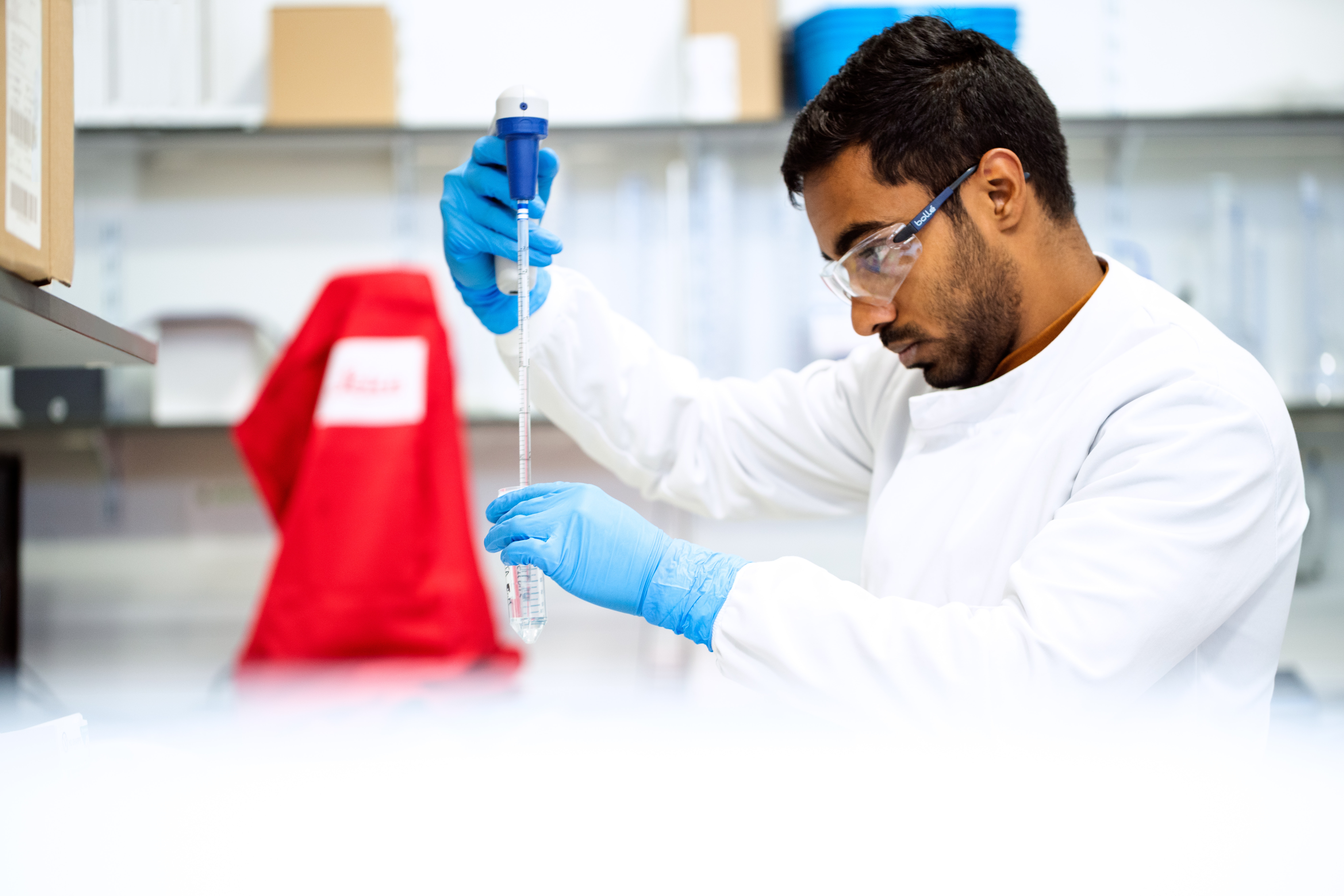
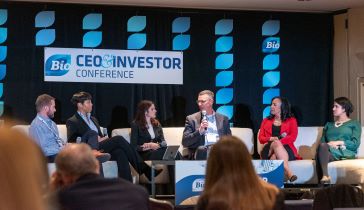
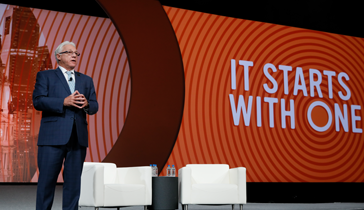

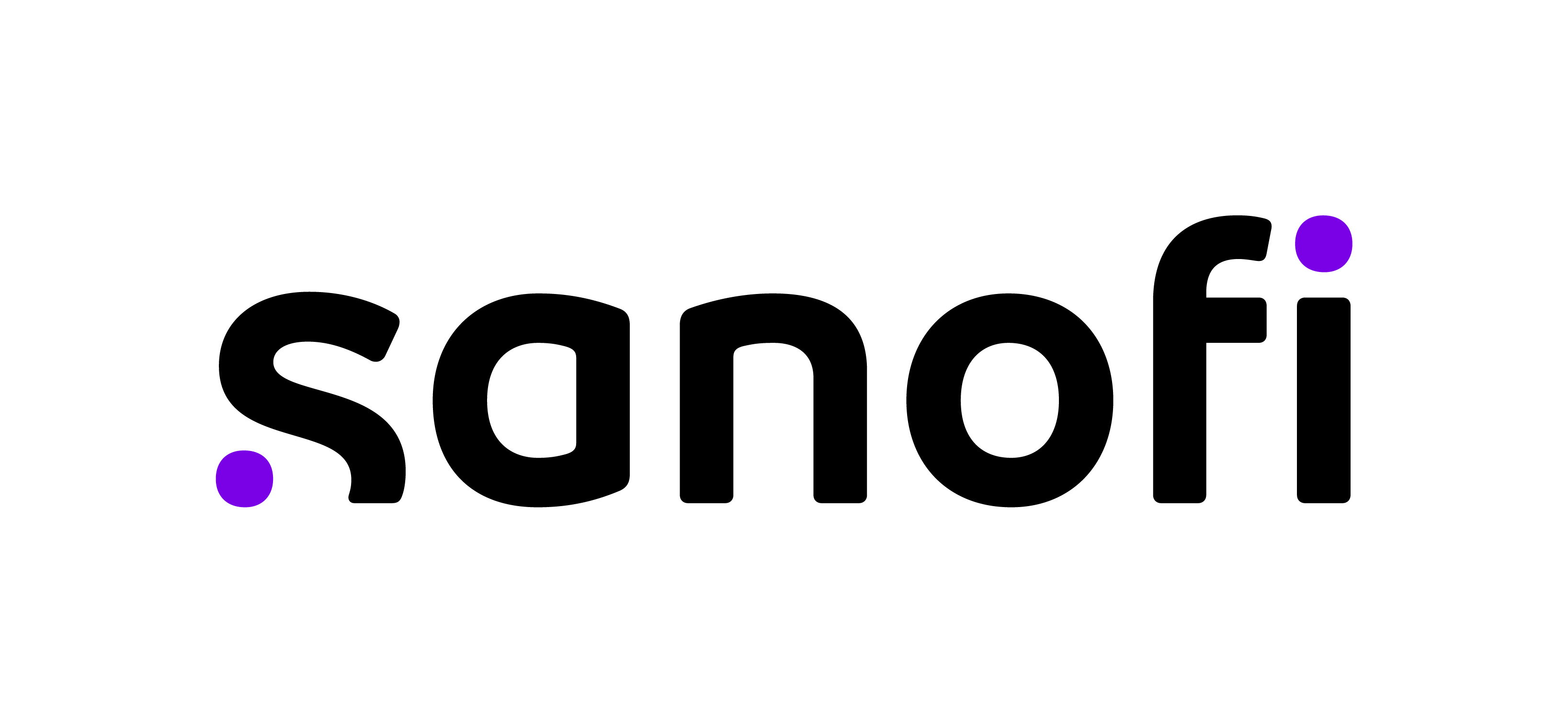




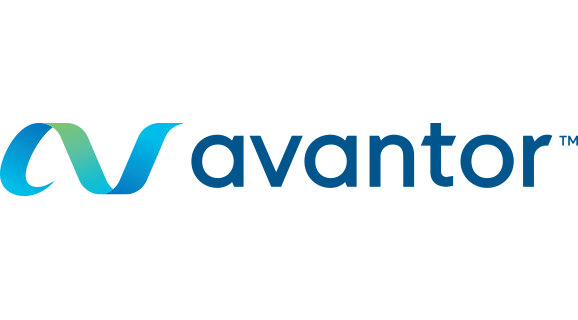

.png)


